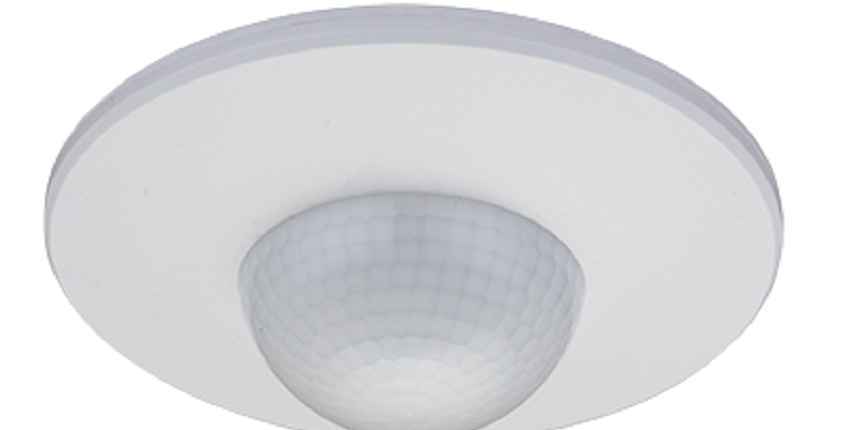Uses of Occupancy Sensors
Occupancy sensors are devices that detect the presence or absence of people in a room or space. These sensors are becoming increasingly popular in many different environments due to their ability to save energy and improve safety. In this article, we will explore some of the uses of occupancy sensors and their benefits.
- Energy Efficiency
One of the most common uses of occupancy sensor is to save energy. In commercial buildings, these can be used to control lighting, heating, and air conditioning. The sensors can detect when a room is empty and automatically turn off lights and adjust temperature settings. This can lead to significant energy savings over time and lower utility bills for building owners.
- Security
Occupancy sensors can also be used for security purposes. For example, in a warehouse or manufacturing facility, sensors can detect if someone enters an area that they shouldn’t be in. This can trigger an alarm or notify security personnel, allowing them to respond quickly to any potential security threats.
- Automated Lighting
Occupancy sensors can also be used to control lighting in a more automated way. In a home, for example, sensors can be placed in hallways or bathrooms to turn on lights when someone enters and turn them off when they leave. This can be particularly useful for people with mobility issues who may have difficulty reaching light switches.
- Climate Control
In addition to controlling lighting, the sensors are widely used to regulate temperature. In a smart home, sensors can be used to adjust the thermostat based on whether someone is in a room or not. This can lead to energy savings and a more comfortable living environment.
- Personal Safety
Occupancy sensors can also be used for personal safety. For example, in a hospital, sensors can be placed in patient rooms to detect if someone falls or needs assistance. This can help staff respond quickly to emergencies and provide better care to patients.
- Productivity
Finally, the sensor can be used to improve productivity in the workplace. By monitoring occupancy levels, employers can identify areas of the office that are underutilized and make changes to improve efficiency. They can also use occupancy data to identify peak usage times and adjust staffing levels accordingly.
In conclusion, occupancy sensors have a wide range of uses and benefits. These devices are becoming increasingly popular in many different environments, from saving energy and improving security to enhancing personal safety and productivity. If you are looking for ways to improve efficiency and save money, consider implementing occupancy sensors in your home or workplace.


Recent Comments